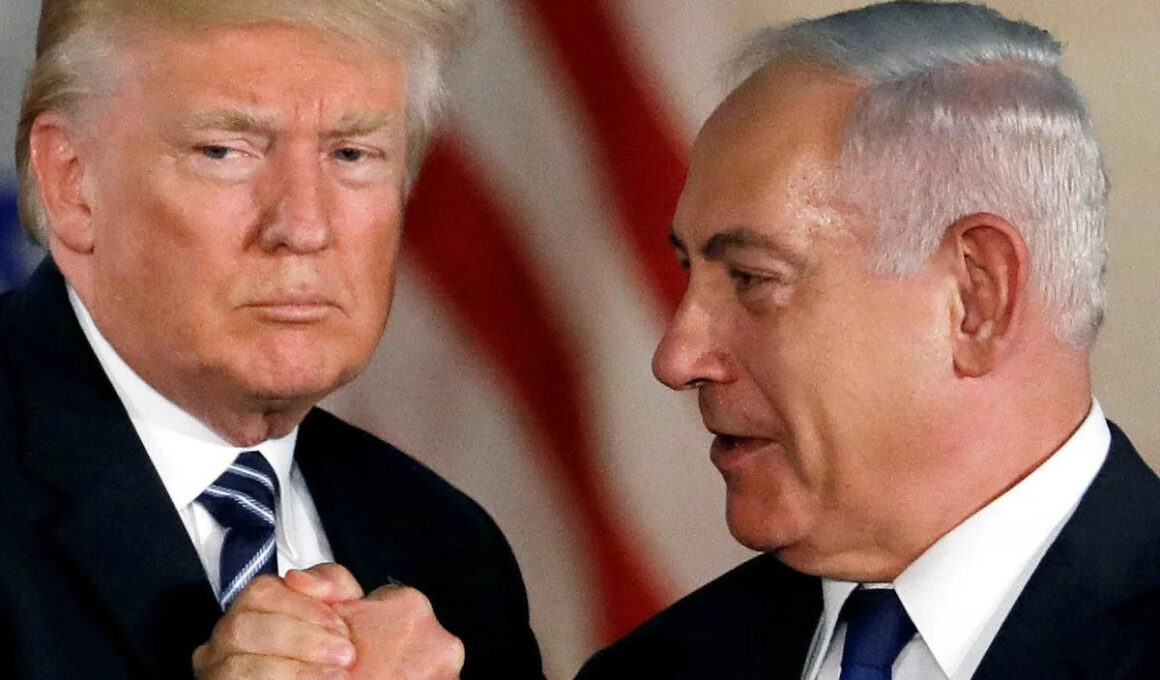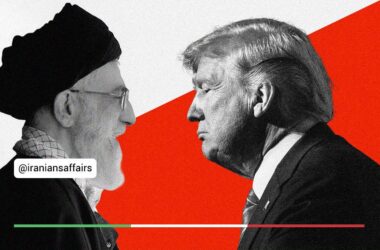The election victory of Donald Trump has altered the dynamics of conflicts in Ukraine and the Middle East. In the Middle East, there is potential for the current state of affairs to transition into a phased ceasefire across Israel’s southern and northern fronts, involving Hamas in Gaza and Hezbollah in Lebanon. Israel holds a strong hand and has made significant progress in pursuing its objectives.
Syria’s shift toward full acceptance within the Arab League, alongside Iraq’s restraint from engaging in conflicts, paves the way for a potential new order. Yemen, too, is expected to be either controlled or restructured within this framework. However, the Islamic Republic remains a persistent and serious challenge.
Regional agreements will progress cautiously and discreetly for some time. Yet, the Arab nations’ determination to achieve economic development and secure comprehensive stability ensures that their overarching goals and strategies remain steadfast. The Arab-Israeli peace initiative is genuine, and the U.S. doctrine of multilateralism—leadership through allied regional powers—under Trump is likely to advance via a strategy of peace through strength. Consequently, the need for establishing a regional power in the Middle East is evident.
The cooperation between Saudi Arabia and Israel facilitates the creation of this regional power. The U.S.-Saudi security pact and the close collaboration between Israel and the United States lay the groundwork. Turkey, while likely dissatisfied, will have no choice but to cooperate. Egypt, too, will align to reinforce this emerging framework. Such developments underscore a collective stance against the Islamic Republic.
The perceived threats posed by the Islamic Republic have driven the proposal and advancement of the Abraham Accords (Arab-Israeli peace agreements) over the past decade. The events of October 7 and their aftermath have intensified this concern. Israel’s unexpected and powerful strikes against Hezbollah in Lebanon further demonstrate its capacity to contain and even neutralize the Islamic Republic’s threats. Despite the apprehensions of Arab and other regional nations, the time for decisive action regarding the Islamic Republic has arrived.
Israel holds little hope for behavioral change from the Islamic Republic and seeks to frame regime change as a necessity. However, regional and global powers remain inclined to pursue a form of coercive agreement to establish security. The current active diplomacy with the Islamic Republic reflects this aspiration. Nevertheless, discussions are not entirely peaceful, as threats of severe disruption to Arab oil and gas facilities and fuel transit routes are also on the table. Isolating and containing the Islamic Republic, however, remains no easy feat.
One significant lesson from October 7 is that containing a weakened adversary does not guarantee security. Such diminished entities often retain the will to cause destruction and harm. Achieving security and stability is impossible without resolving underlying issues. President-elect Donald Trump’s characteristic inclination for resolving and concluding matters may prove advantageous here. While this trait sometimes leads to errors, it is unlikely to pose a problem in the current Middle Eastern context.
The stage is set for a new order, with a difficult decision looming: Should everything be overhauled, or can some issues be contained? Greater clarity about Russia and China’s involvement in Middle Eastern developments might make conclusions more definitive. Nevertheless, some outcomes in the ongoing Israeli-Islamic Republic conflict seem inevitable.
Israel is poised to deprive the Islamic Republic of its principal capabilities. It will not allow the continued operation of allied militant groups and is pursuing their strategic defeat or annihilation. The second key capability of the Islamic Republic lies in its missile and drone programs, which compensate for its lack of an effective air force, navy, and defense systems. Israel’s recent operations, branded as “Days of Response,” have focused on neutralizing this strength.
The “Days of Response” targeted two primary objectives: dismantling the Islamic Republic’s feeble air defenses and disrupting its intermediate and long-range ballistic missile programs. Notable actions included the destruction of rocket fuel mixer facilities, a critical element of its missile manufacturing infrastructure. These strikes highlight Israel’s intelligence advantage, targeting unique aspects of the missile program and potentially altering the conflict’s dynamics, even if only temporarily.
Amid these developments, attention inevitably turns to the nuclear issue. Iran’s nuclear program has not yet reached the final stage of weaponization. However, the threat posed by potential nuclear armament could fundamentally reshape the region’s order. Although no nuclear-armed state is likely to use such weapons outside of existential territorial threats, the inherent challenges and risks necessitate preemptive measures to prevent access to nuclear capabilities.
Given the sensitivity of this issue and the precedent set by the “Days of Response” operations, an attack on elements of the Islamic Republic’s nuclear chain in the near future—possibly before the new U.S. administration takes office—seems likely. The intelligence capabilities of Israel and the United States will be decisive in such an endeavor. Notably, uranium-related facilities, with their minimal environmental footprint, could be targeted with little public fallout.
Such an action, however, would create a unique situation. Although Israel’s military operations are likely to remain limited, they could push the Islamic Republic to the brink of desperation. The regime in Tehran lacks the capacity to endure its current state of escalating humiliation and pressure.
The cumulative events of recent months have engendered a state of profound humiliation for the Islamic Republic, eroding its political control. This precarious situation increases the likelihood of erratic decisions, further escalating tensions and conflicts in the region.







